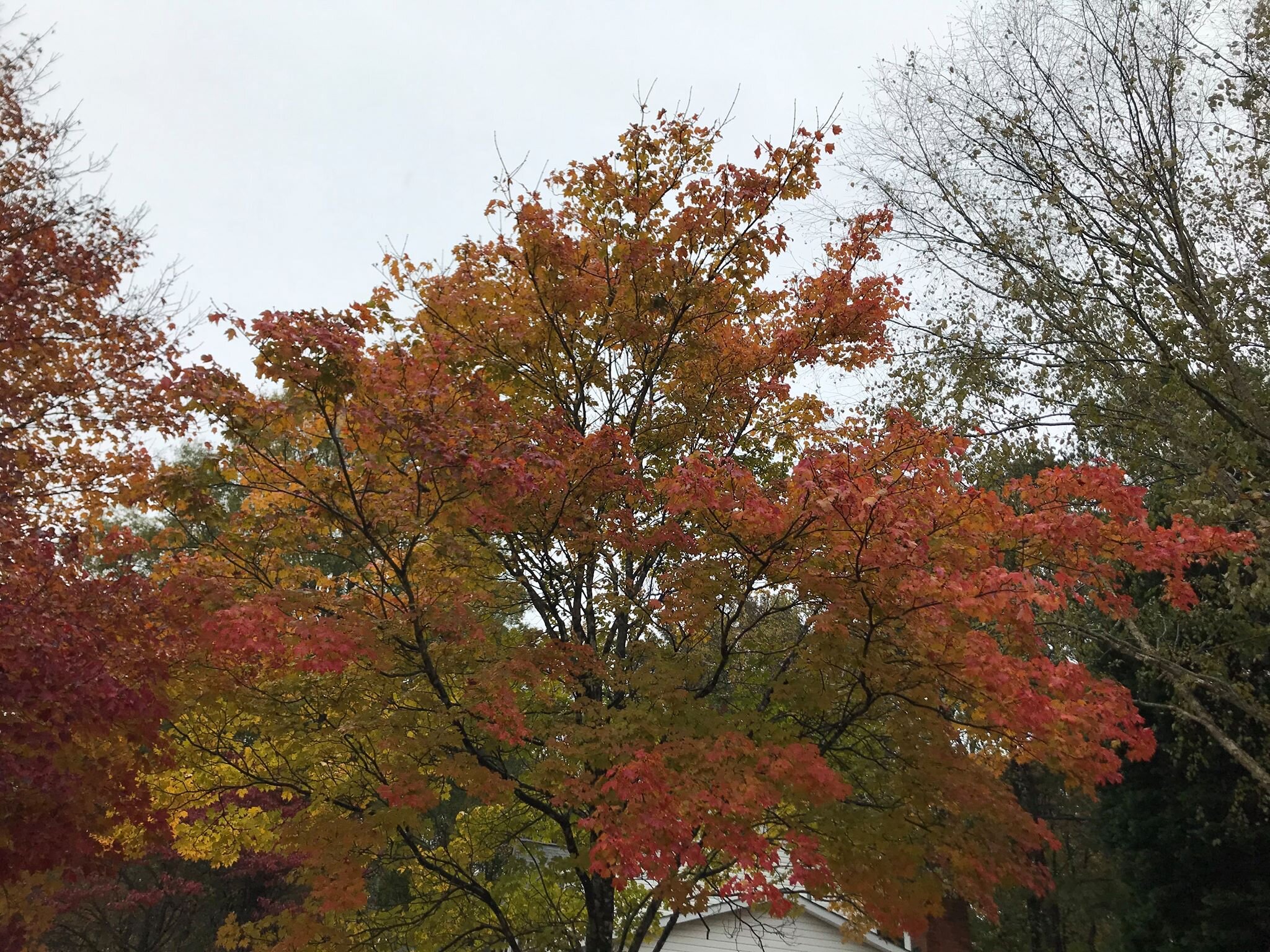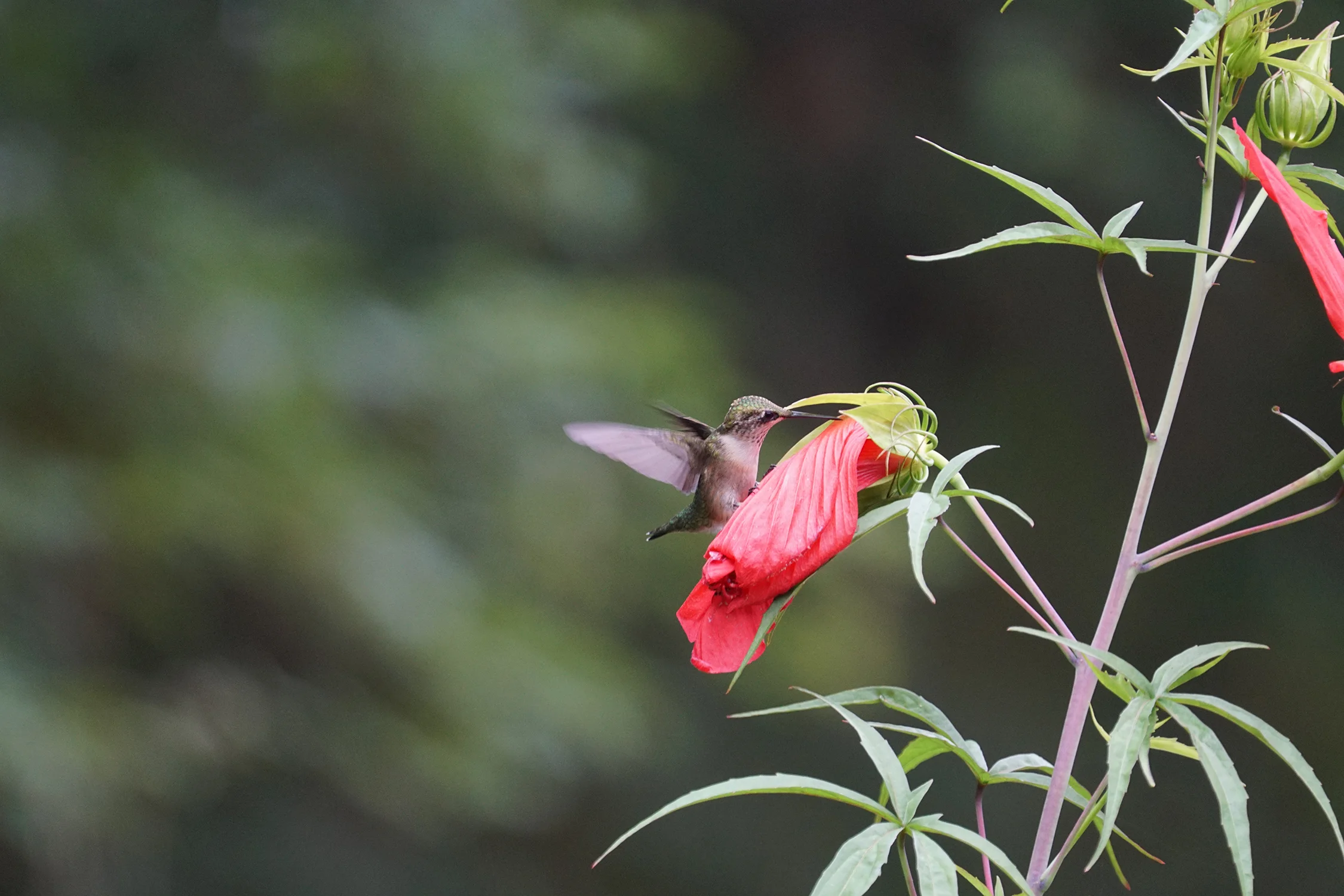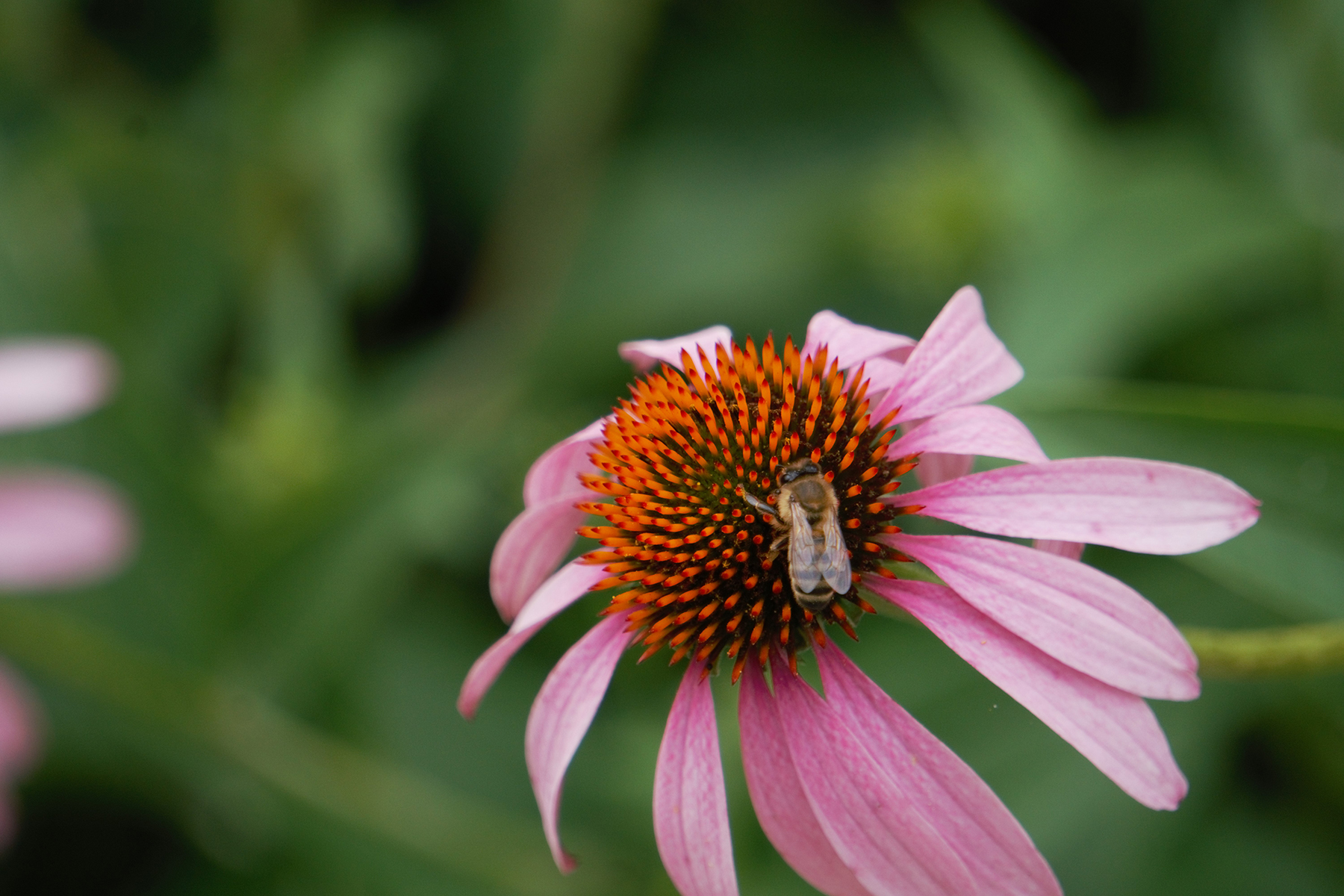Image courtesy National Wildlife Federation
Hope you've enjoyed this series on how to create wildlife habitats in your yard, school, place of worship and business.
Let's add one more requirement - sustainable gardening practices. This means being aware of what you're using and under what conditions. Some people will choose to go the all organic route, while others may have a problem that may need to be addressed strategically with a chemical.
Choose the most environmentally-friendly tool for the job and follow directions carefully. Avoid spraying on a windy day because you might contaminate your food and water sources.
Now we’ve covered the essentials.
Food, water, cover, places to raise young, sustainable gardening practices? Check!
There's just one thing left to discuss: how to certify your wildlife habitat; it's incredibly easy. Visit the National Wildlife Federation Certify page and fill out the simple application form. There is a one-time fee of $20 which goes to National Wildlife Federation. You'll receive a personalized certificate with a number for your site, a subscription to the Garden for Wildlife e-newsletter, a one-year membership to NWF, a subscription to National Wildlife magazine, 10% off NWF catalog merchandise (great for items for your yard and gifts for nature lovers), and an option to purchase a sign designating your yard as a Certified Wildlife Habitat with National Wildlife Federation.
Speaking of the signs, I highly recommend purchasing one. It's a great way to help educate your neighbors, clients, and anyone else who happens to pass by on how easy it is to provide habitat for wildlife. Prices range from $30 to $99. Check out the joint NC Wildlife Federation and National Wildlife Federation sign below with Ranger Rick! I also added a picture of the higher-end sign.
Here's hoping that I see lots more of these signs sprouting up all over Matthews as more people jump on board!
Image courtesy National Wildlife Federation
“Signs are a great way to help educate your neighbors, clients, and anyone else who happens to pass by on how easy it is to provide habitat for wildlife. ”










